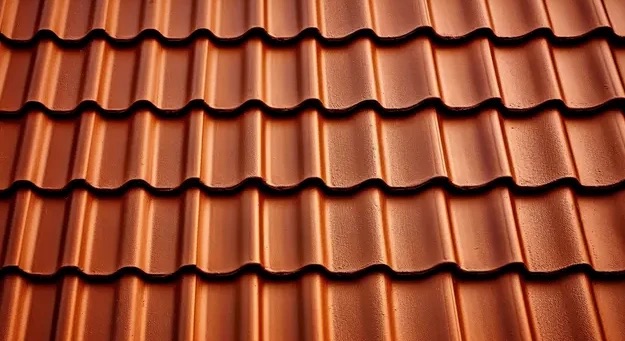
When a roof problem shows up—like a missing shingle or a small leak—many homeowners wonder if they can save money by fixing it themselves. DIY projects are tempting, especially when online tutorials make repairs look simple. But roofing isn’t like painting a wall or fixing a faucet. It’s a system that protects your entire home, and mistakes can cost far more than hiring a professional in the first place. Knowing when you can handle a repair yourself and when you should call the pros is the key to avoiding expensive disasters.
The Risks of DIY Roof Work
Climbing onto a roof is risky by itself, and working without the right tools or knowledge makes it even more dangerous. Beyond safety, improper repairs can:
- Void warranties.
- Lead to leaks that spread silently.
- Reduce the roof’s lifespan.
- Cost thousands more in later repairs.
DIY may seem cheaper in the short term, but bad repairs often double the long-term expense.
Repairs You Might Handle Yourself
Some small jobs are possible for confident homeowners who are comfortable with ladders, safety harnesses, and basic tools.
- Replacing a single shingle: If only one or two shingles are missing, you can carefully lift the surrounding ones and replace them.
- Cleaning gutters: Clearing out leaves and debris keeps water flowing properly.
- Checking attic ventilation: Looking for blocked vents or damp insulation is safe from inside the house.
- Sealing small nail holes: Minor exposed fasteners can be sealed with roofing cement as a temporary measure.
These tasks are low-risk, provided you use proper safety equipment and understand that they’re stopgaps, not long-term fixes.
Repairs You Should Leave to the Pros
More complex issues require experience and technical knowledge:
- Flashing repairs: Fixing flashing around chimneys, skylights, and valleys is intricate. A small mistake can let water in.
- Structural problems: Sagging rooflines or rotted decking signal deeper issues that DIY repairs won’t fix.
- Large leaks: If water is already entering your home, you need a full inspection, not just a patch.
- Storm damage: Wind, hail, or heavy snow often cause widespread problems beyond what’s visible.
- Metal roof issues: Installing or repairing metal roofing requires specialized tools, fasteners, and sealing techniques.
For example, metal roof installation in New York demands expertise to ensure panels are aligned, fastened, and sealed correctly. Attempting this as a DIY project almost guarantees future leaks.
The Importance of Professional Installation
A roof isn’t just shingles or panels—it’s a system. Underlayment, decking, flashing, ventilation, and fasteners all work together. If one element fails, the whole roof is compromised. Professional contractors follow manufacturer specifications and building codes, ensuring your roof is both safe and eligible for full warranty coverage.
Why Cutting Corners Costs More
One of the biggest mistakes homeowners make is patching problems temporarily, hoping to delay major repairs. Unfortunately, water infiltration spreads invisibly. By the time the leak shows inside, repairs may include drywall, flooring, and insulation—not just the roof.
Hiring professionals may feel expensive upfront, but it prevents the far greater expense of fixing hidden damage later.
Safety Always Comes First
Beyond cost, safety is another reason to avoid risky DIY roofing. Falls from ladders and rooftops account for thousands of emergency room visits each year. Even small repairs require proper harnesses, footwear, and equipment. For most homeowners, the risk simply isn’t worth it.
Finding Balance
If you’re handy, there’s nothing wrong with tackling small roofing tasks like clearing gutters or replacing a shingle here and there. But when problems involve flashing, structural integrity, or specialized materials like metal, the smart move is calling professionals.
Roofing protects everything you value inside your home. Knowing where DIY ends and expert care begins ensures your investment lasts as long as it should—and saves you from turning a small repair into a major disaster.
